Above the Fold
What is Above the Fold?
Above the fold refers to the part of a webpage that is visible to a user without scrolling down. This term originates from the newspaper industry, where the most important stories were placed on the upper half of the front page to capture readers' attention. In the context of web design and development, content above the fold is considered prime real estate because it’s the first thing visitors see when they land on a webpage.
Why is Above the Fold Important?
The concept of above the fold is important because it significantly impacts user experience and engagement. Since this area is the first thing visitors see, it plays a crucial role in capturing their attention and encouraging them to explore the rest of the page. Key elements like headlines, images, calls-to-action (CTAs), and navigation menus are typically placed above the fold to ensure they are immediately visible.
Additionally, content above the fold can influence bounce rates and conversion rates. If users find what they see engaging and relevant, they are more likely to stay on the page and take desired actions, such as signing up for a newsletter or making a purchase. Therefore, optimizing above-the-fold content is essential for improving overall website performance.
Best Practices for Above the Fold Content
Prioritize Important Information
Place the most critical and engaging information above the fold. This includes headlines, CTAs, key messages, and any elements that are essential for capturing user interest. Make sure this content is clear, concise, and compelling.Use High-Quality Visuals
Incorporate eye-catching images or videos that complement your message and draw users in. High-quality visuals can create a strong first impression and make your webpage more appealing. However, ensure that these visuals do not slow down the page load time.Optimize for Speed
Page load speed is crucial for keeping visitors engaged. Slow-loading pages can frustrate users and lead to high bounce rates. Optimize images, use efficient coding practices, and leverage content delivery networks (CDNs) to ensure fast loading times for above-the-fold content.Responsive Design
Ensure that above-the-fold content is optimized for different devices and screen sizes. With the increasing use of mobile devices, it’s essential that your content looks great and functions well on both desktops and mobile screens. Responsive design helps provide a consistent and user-friendly experience across all devices.Clear Call-to-Action (CTA)
Include a prominent and clear CTA above the fold. Whether it’s a button to sign up, download, or make a purchase, the CTA should be easily noticeable and encourage users to take the next step. Use contrasting colors and compelling language to make your CTA stand out.Limit Distractions
Avoid cluttering the above-the-fold area with too many elements. Too much information can overwhelm users and dilute the impact of your key message. Focus on the essentials and maintain a clean, organized layout to keep users' attention on what matters most.
By following these best practices, you can make the most of the above-the-fold area, enhancing user engagement and driving better results for your website.
For more definitions, please visit the content marketing glossary.
